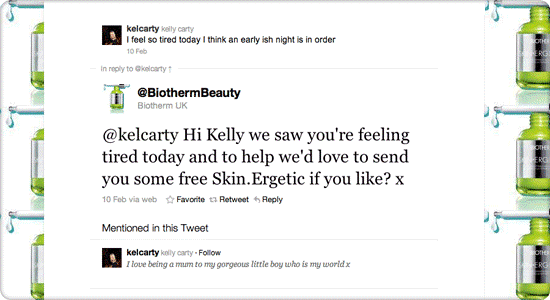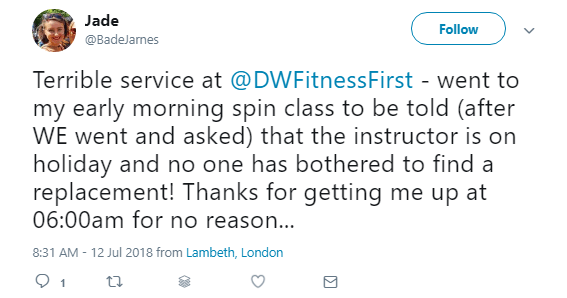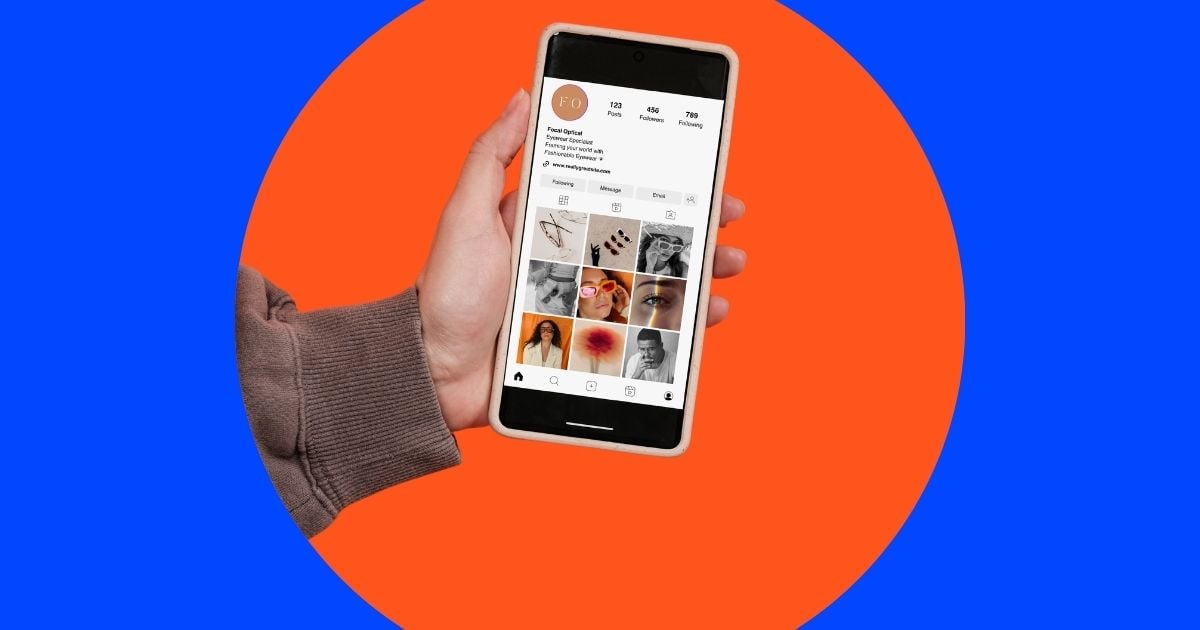
Sometimes it feels like social listening is a sacred knowledge available only to a few chosen brands – that’s how little we hear of companies using it. Of course, in reality, social listening is quite the opposite of a secret: it’s used by many, but, here’s the deal: it’s not used to its full potential.
Let’s start from the beginning in case you know absolutely nothing of this social listening business. Despite being a product of all the fancy techy concepts out there (big data, machine learning, etc.), it does not require a ridiculous budget or programming skills. Really, just an understanding, a tool, and some creativity.
What is social listening?
Understanding how social listening works is crucial – and quite easy. Social listening is the process of monitoring social media and the rest of the web for your brand mentions so you can understand how people are talking about your brand and your offerings. Then you can use tactics like social selling to engage with them.
A social listening/monitoring tool takes keywords of your choice (these are usually the name of your brand, your industry, your CEO, or something similar) and searches social media and the Web for these keywords. Social media includes social media platforms (Facebook, Twitter, YouTube, Reddit, etc.) as well as blogs and forums. The Web includes everything else on the Internet. Not every tool covers everything there is, but the best, not necessarily the most expensive ones, do.
Via Sprout Social
Now on to creativity. While many companies use social listening these days, their primary goal is often customer service. Let me be clear: social listening is a life-saver for customer service. In no way am I suggesting that it’s not one of the best uses of a social listening tool. Social listening finds people that have not used a Twitter handle or any other method that lets the brand know something is wrong; it lets social media managers prevent social media crises by showing the growth of negative mentions; it makes it easier to reply to people from different platforms from a single dashboard.
However, this is not the full use of a social listening tool. And, let’s be fair, it’s not a very creative one. It’s straightforward, it’s what companies buy social listening tools for, and it doesn’t give you much of a competitive advantage among your rivals. Customer service is rapidly becoming a norm rather than a way to stand out.
Now, lead generation is something different. And so is, weirdly enough, brand awareness. And the mysterious “beyond” part of the title. The thing is, companies go on social media for goals other than customer service. They hope to find new clients, to market products in new ways, to make the famous social word-of-mouth work for them. Social media listening is the single best tool for that. Let’s turn the creative mode on and find out how exactly it can work for us.
1. Find prospects and surprise them with an offer
The whole idea of this strategy is to find your potential customers online and offer them an incentive to use your product or service. This approach has a personal feel to it and is public at the same time. On the one hand, you’re talking to one person in particular. Surely, you are repeating the tactic with a number of people, but it’s still not a broadcasting ad that feels impersonal no matter how much effort you put in it.
On the other hand, you’re talking to your prospect in public. That means all his or her followers could see what’s happening. They might get interested and check out your product straight away, or they might simply notice the brand name and its connection to their friend. In both cases, brand awareness is being built.
How does this process work? You come up with your industry keywords or keywords that indicate the event you’re interested in. Let me give you an example. The Keg Steakhouse monitors keywords such as “winning” and “won”, “steak dinner”, “birthday”, “anniversary” in their location so that they can offer the relevant people a discount for their services. People often don’t expect anything like that from a brand: they are surprised and delighted and decide to check the place out. Also, as mentioned before, all their followers (or some of them anyway) get a good reason to look at the brand.
The same steakhouse employs the following idea: they carry out a social media contest, like so many of companies do, but, when it’s already done and the winners are announced, they continue to monitor people’s conversations about the contest. They then give out a couple of other prizes for people that have been discussing the brand online. They say it’s a small effort that produces the best brand advocates. People feel surprised and grateful, and they continue to promote the brand years later.
2. Find competitors’ at-risk customers and steal them
That might be the best lead generation tactic that has ever existed in the digital world. Let’s face it: not every one of your competitor’s customers are satisfied with their product. The bigger your competitor is, the bigger number of vocally unhappy customers exist on the Internet. Now it’s just the matter of finding these poor people and saving them from their bad experience. Or just letting them know about your brand and pointing out why they’d have a much better experience using it.
If they’ve mentioned a specific problem, make sure to explain why your product can serve them better. If not, go through ways your product might be better/cheaper/more suitable for them.
The process works through social media listening, obviously. Monitor the brand of your competitor(s) and keywords with negative connotations that might be associated with their product or service, e.g. “terrible”, “bad”, “awful”, “broken”, “struggling with”, “problem”. You don’t have to find all possible word combinations: if your competitor is a big one, enough leads will come from the most obvious keywords. If your competitor is rather small, you’ll be able to look through mentions marked as “negative” ones within the social media listening app and react to those.
3. Find prospects that are looking for you
According to Brand24, each month, there are 14,000 online searches that start with “can anyone recommend?” and 30,000 searches for “where can I buy?”
How brands don’t jump at these opportunities is a mystery to me. Searching for these and other queries in your location, if your business is tied to a location, and replying to them from either your business account as a sales rep or from your personal one as a regular user, will bring you the warmest leads possible.
Replies can include a simple mention of your brand or an explanation or even a personal story of why it’s a good fit. You can also avoid the urge to promote your product straight away and instead ask more about what the author’s needs are and requirements, and hit them with an option that fits best. Personal approach is as powerful as it has always been.
Another good way of finding interested and brand-indecisive prospects is to look for strings such as “alternative to X” with X being your competitor or a specific product that is or even was similar to yours. For example, when Apple stopped selling iPods for 80gb, I was looking for exactly that – an alternative to Apple iPod Classic. It was not technically a competitor to music players anymore, however, a rather predictable void in the hearts of consumers aching to be filled. Your reply when finding consumers that search essentially for your product would be to show them that this product exists and maybe offer an incentive to get one.
4. Find micro-influencers – the magicians of social media
By now, every marketer knows the absolute power of online influencers. It’s a truly exciting phenomenon to begin with: anyone with access to the Internet can become influential with no money or power required. Just YouTube, Twitter, Instagram, Reddit… This person gains trust and authority in a particular field and then moves on to advertising brands that they truly like. They are seen as the experts in their field, so they strive to know about new brands, niche brands, all relevant brands to be able to provide their followers with the most up-to-date information.
Influencers are usually open to collaboration with marketers, trying out and reviewing their products, and advertising the product if it’s good enough. And we all know the power of native advertising.
While some influencers went so far as to make thousands (the chosen ones even millions) on their social media activity, the majority, as you might expect, did not. Many became micro-influencers in that they influence opinions of their followers in their specific fields. They might have a few thousand followers as opposed to millions of them, but they are loyal and curious followers.
Now the quest, of course, is to find the online micro-influencers in your own industry. This is where social listening comes in. If you’re monitoring industry keywords, most tools will show you a list of influencers for your industry. If you’re monitoring your brand, you’ll get a list of influencers who have already mentioned your brand – these are people to contact straight away and discuss the future you might have together.
Listen up
If you approach social listening creatively you can build brand awareness, generate interested leads, increase word-of-mouth, and ultimately gain loads of new customers from social media directly and indirectly. And the easiest way to start with implicit marketing is go to social media where every idea has a potential to go viral or at least gain visibility, the line between friends, marketers, and followers is vague, and people talk about absolutely everything. All you really have to do is find relevant conversations and join them.
About the author
Alina Gorbatch is an experienced web marketing specialist and content writer at Awario. Follow @BlondeAlina on Twitter.











